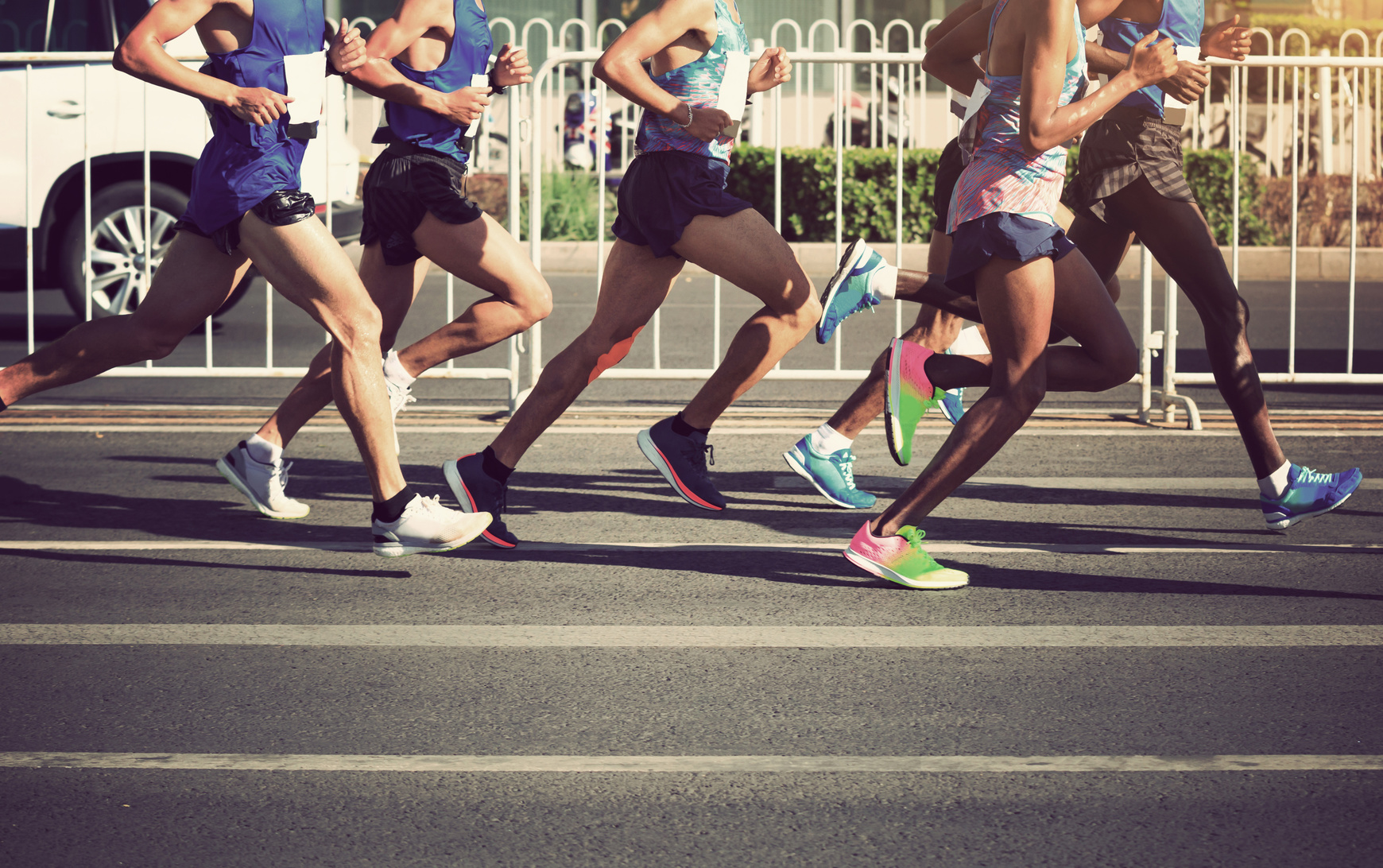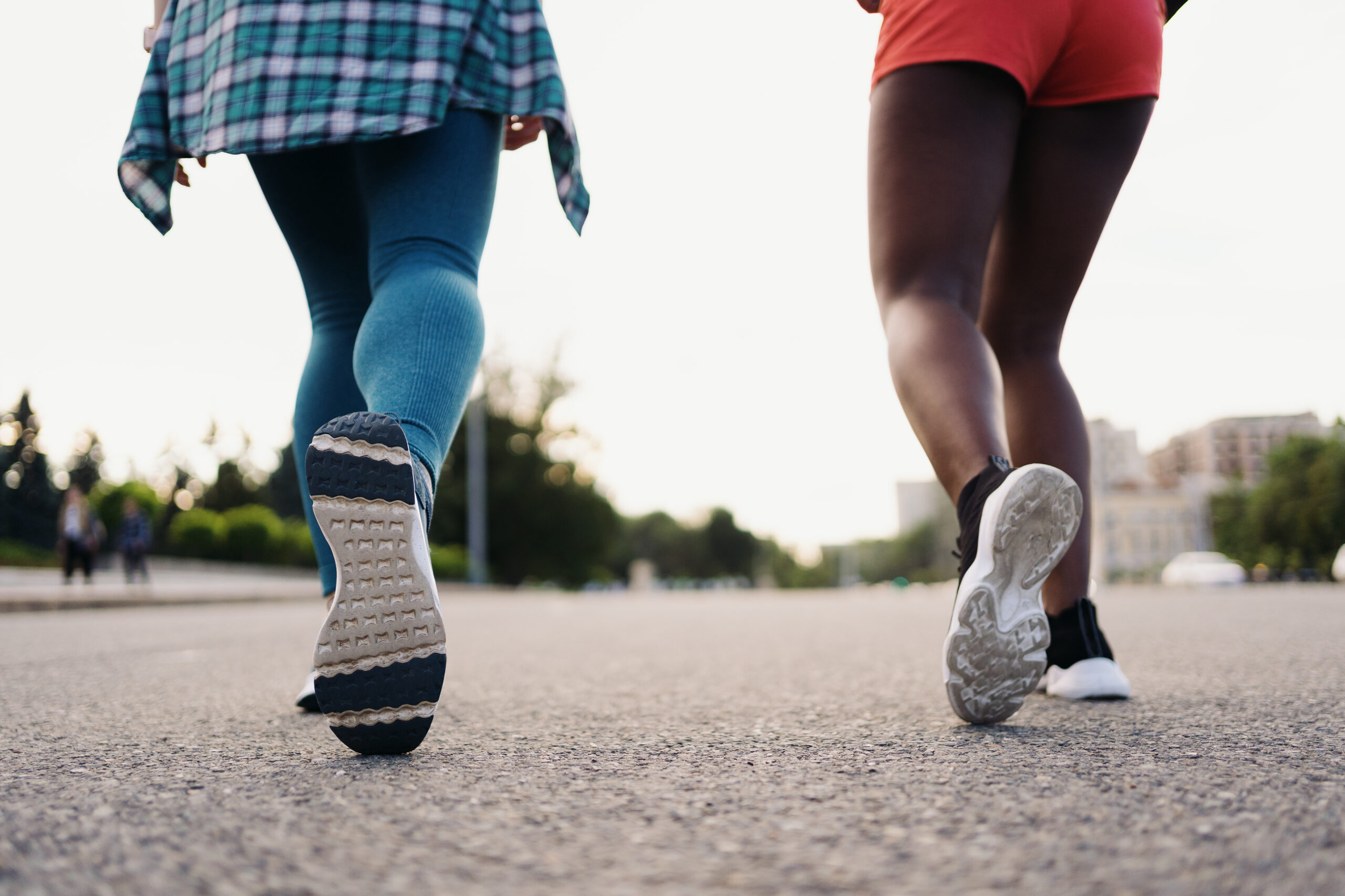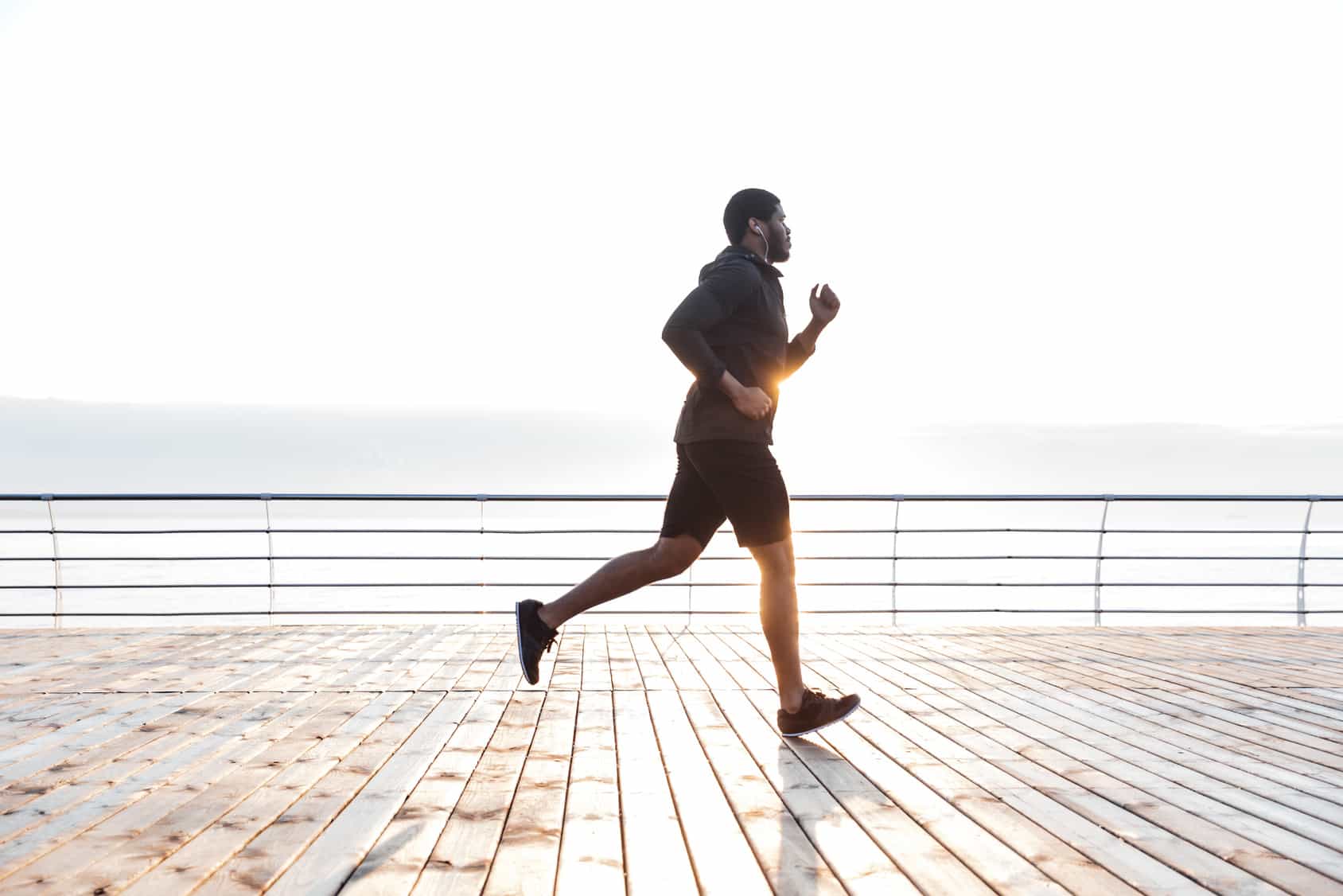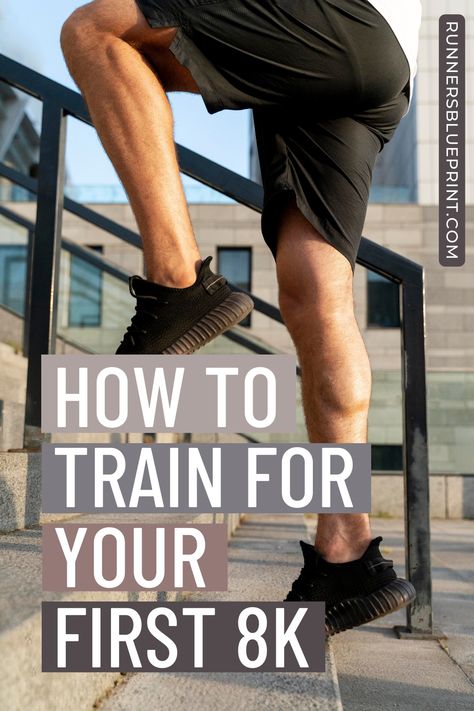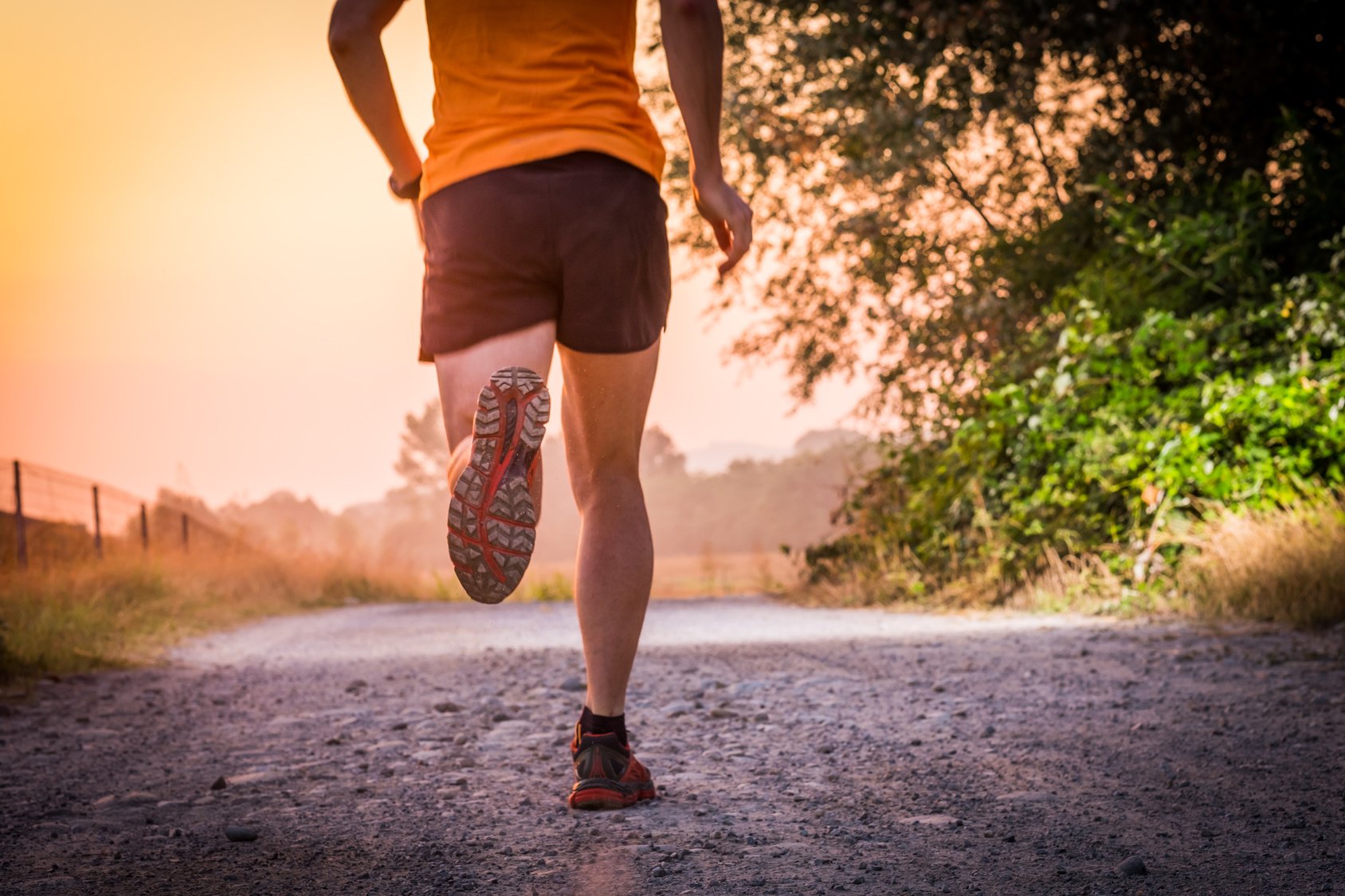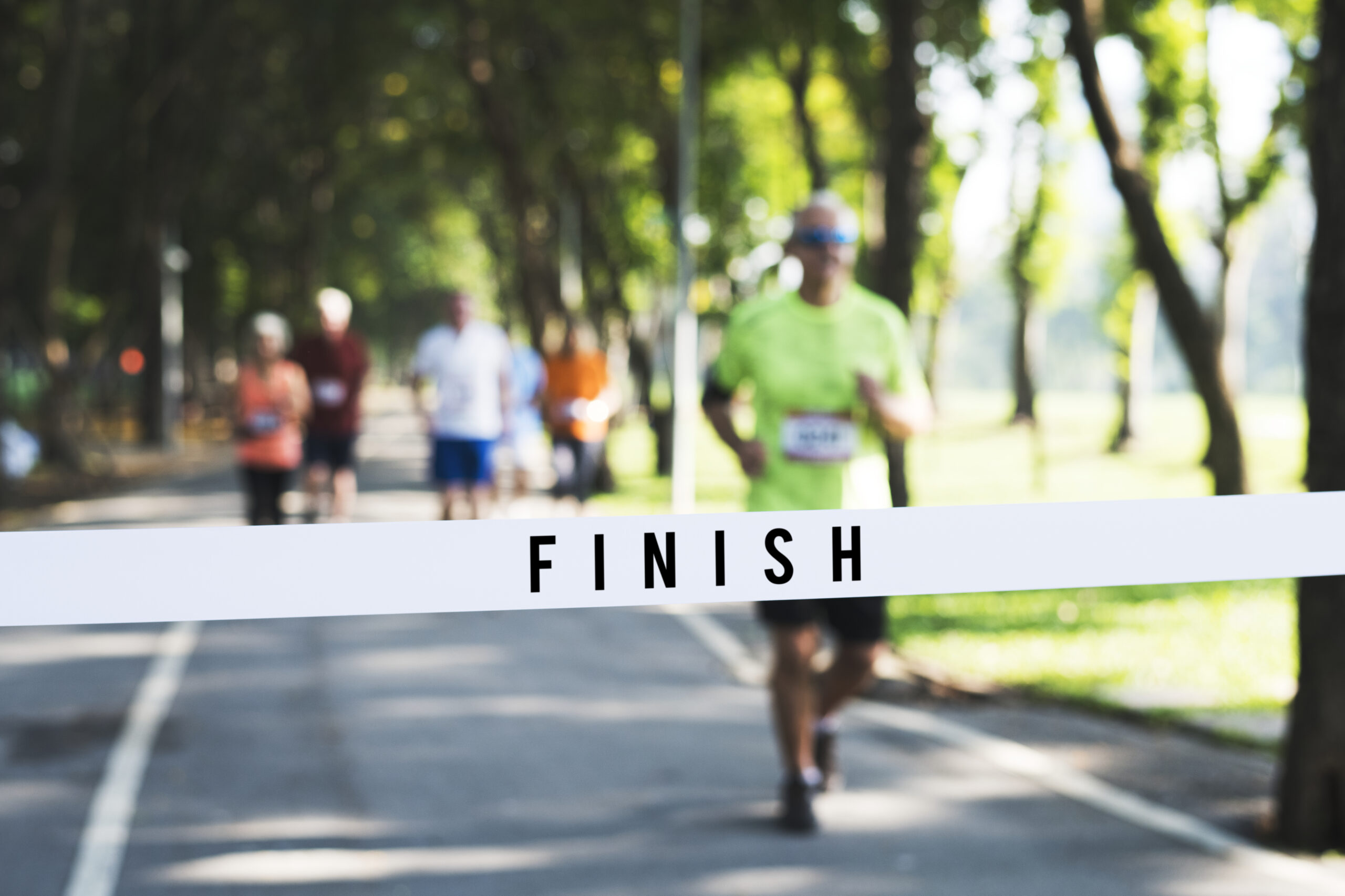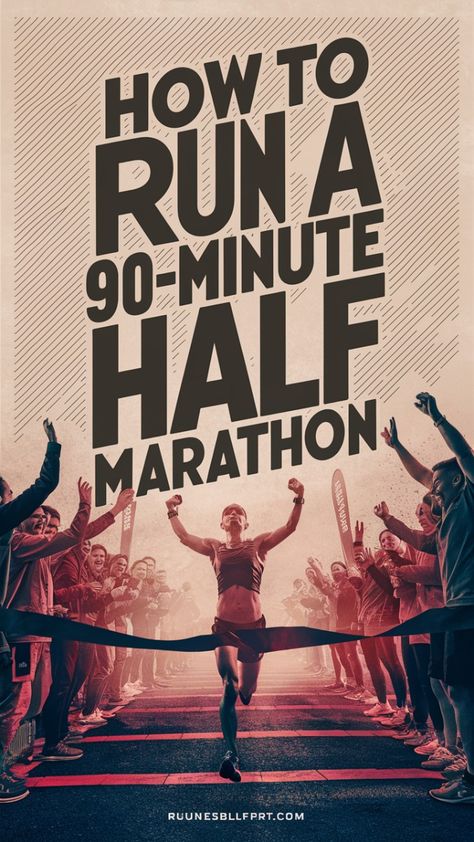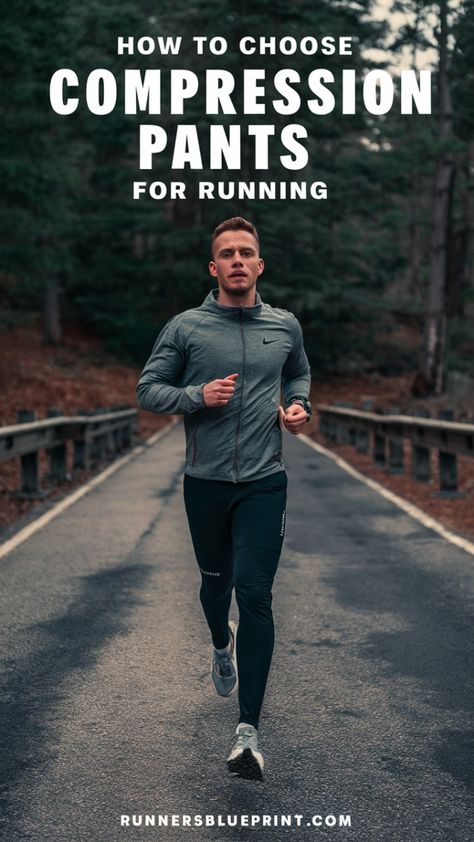Have you thought about how long it actually takes to walk a mile?
Knowing how long it takes to walk a mile is useful, no matter where you are in your walking journey.
Here’s the answer:
Walking at a steady 3 to 4 mph pace usually takes about 15 to 20 minutes per mile
If you’re new or prefer a relaxed pace, you’ll probably be closer to the 20-minute range
Let’s break it down a bit more.
How Long Does It Take to Walk a Mile?
Adding a daily mile walk is a great way to get more movement into your routine.
For most people, walking at a moderate pace of three to four miles per hour will take 15 to 20 minutes to complete a mile.
If you’re a competitive walker, you might clock in closer to the 11-minute mark. On the other hand, if you’re just starting or prefer a more relaxed pace, it might take you closer to 20 minutes, according to a large, long-term study.
And guess what? You can improve your speed with a little practice.
Factors like age, fitness level, and even the terrain you’re walking on will impact your time. For example, men generally walk faster than women, and our pace tends to slow as we age. Consistency is key, no matter where you start.
This leaves plenty of room for those variables to play a role. Luckily, you can find many apps to help you calculate your distance and pace.
Prefer running? Here’s your guide to average mile times.
How Many Steps in a Mile?
Curious how many steps you’re taking in a mile? On average, a mile is around 2,000 to 2,500 steps, depending on your stride. At 3 mph, it’s about 2,250 steps per mile; at 4 mph, it drops to around 1,935 steps.
What’s more?
If you jog or run, you’ll need even fewer steps to cover one mile since you’re getting more steps while running. (Learn more about how many miles is 10000 steps here. You can also learn more about how many laps is a mile around a track here.)
One day, I tracked my steps with a pedometer and found I was taking around 2,300 steps per mil. It made sense, given my pace, but the faster you walk, the fewer steps you’ll take to cover the same distance. If you’re curious, tracking your steps is a fun way to see how your stride impacts your walking distance.
Here’s your guide to step count in one mile running vs walking.
Why Walking is So Great for You
Walking is more than just covering distance—it’s a great full-body workout with tons of benefits.
I’ve found that regular walks have done wonders for my mental clarity. I started walking consistently a few years ago to manage stress, and it became a game-changer for my mood and focus.
And science backs this up too. Research shows that walking increases blood flow to the brain, which helps with creativity and overall well-being.
Beyond mental benefits, regular walking can:
- Boost your fitness: Walking builds endurance, especially when done regularly.
- Improve insulin sensitivity: This can aid in weight loss and overall body composition.
- Reduce the risk of chronic conditions: Walking helps manage cholesterol, blood pressure, and diabetes.
- Enhance brainpower: Walking stimulates brain function, boosting focus and creativity.
- Lower the risk of serious health issues: Regular walking can reduce the risk of depression, stroke, and heart disease.
Longer Walks? No Problem
Wondering how long it’ll take to walk longer distances? Use the same ballpark figures:
- A 3-mile walk will take around 45 to 60 minutes.
- A 5-mile walk could take anywhere from 75 to 100 minutes.
A pace calculator can help you get specific times based on your speed.
How Fast Can You Walk a Mile?
Did you know the fastest mile ever walked is an incredible 5 minutes and 31 seconds? It’s held by British Olympian Tom Bosworth. That’s faster than most people can run a mile! While most of us won’t be hitting that pace, it just shows what’s possible with dedicated training.
If you want to improve your speed, I recommend using a smartwatch or app to track your pace in real-time so you can push yourself to walk faster over time.
How can I make my walking routine more effective for weight loss?
To boost weight loss, try adding variety to your walking routine. Start with intervals—alternating between a moderate and brisk pace—which can increase calorie burn and keep things interesting. Adding hills or inclines, or even carrying light hand weights, can also up the challenge. And don’t forget, consistency is key! The more regular your walking habit, the better the results you’ll see.
How Many Calories Does Walking a Mile Burn?
The number of calories burned while walking depends on a few things:
- Your body weight
- Your walking speed
- The terrain (flat vs. inclined)
- Your fitness level
But here’s a rough estimate based on body weight:
- If you weigh 120 pounds, you’ll burn about 65 calories per mile.
- If you weigh 160 pounds, you’ll burn around 105 calories per mile.
- If you weigh 180 pounds, expect to burn around 115 calories per mile.
The faster and longer you walk, the more calories you burn, making walking a great way to stay active and manage weight.
Based on these estimates, expect to burn around 450 to 700 calories weekly if you walk a mile daily. Sure, the more miles you walk, the more calories you burn.
Tips to Increase Your Walking Pace
Want to speed up your walking pace? Here are some tips:
- Track your progress: Use a fitness tracker or app to monitor your pace and distance.
- Start slow, then build up: Gradually increase your pace to avoid burnout or injury.
- Take breaks: Don’t hesitate to slow down for a minute or two to catch your breath if you’re pushing yourself.
- Extend your distance: Try longer walks to build stamina as your endurance improves.
Monitoring Your Intensity
One of the best ways to track your walking intensity is to pay attention to how you feel. If you can still hold a conversation while walking, you’re probably at a moderate pace. If talking is tough, you’re pushing into a higher-intensity zone. You can also use a heart rate monitor or fitness tracker to gauge your intensity level as you improve.
You can also check this article for tips on how walk more everyday.
Conclusion
The time it takes to walk a mile will vary for everyone, but most people can expect to complete it in 15 to 20 minutes. Focus on consistency and enjoy the process—whether you’re walking for fitness, stress relief, or just some fresh air.
If you’re curious about improving your pace or wondering how to fit more walking into your day, start small and build from there.
Do you have any questions or tips to share? Drop them in the comments below—I’d love to hear your thoughts!




